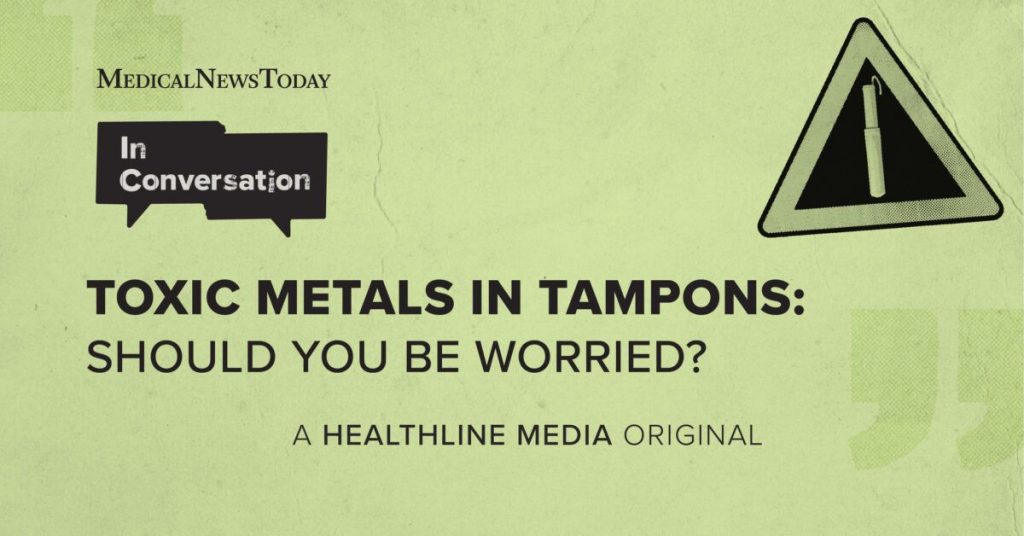A recent study found traces of heavy metals, including arsenic, cadmium, cobalt, chromium, lead, and zinc, in some brands of tampons. While not all of these metals are harmful, some can be toxic to human health. This discovery has raised concerns about the safety of menstrual products, especially considering that the average person who menstruates uses thousands of pads and tampons throughout their lifetime. With tampons being inserted into a sensitive area of the body that easily absorbs foreign substances, it is natural for people to worry about exposure to harmful chemicals.
The presence of heavy metals in tampons begs the question of how they end up in these products in the first place. There is also concern about the potential long-term effects of regular exposure to such metals on reproductive health. Researchers are also curious about whether organic tampons are safer in terms of chemical exposure. To shed light on these issues, Medical News Today hosts Maria Cohut and Yasemin Nicola Sakay invited Anna Pollack, PhD, MPH, a professor of Global and Community Health at George Mason University College of Public Health, onto their podcast. Pollack is known for her research on the relationship between environmental chemical exposures and fertility, pregnancy, and gynecologic health. She was also involved in a systematic review examining the types of chemicals found in menstrual products and their potential impact on endocrine health.
The study that found heavy metals in tampons surveyed 14 different brands available in the U.S. and the U.K. These findings have sparked anxiety about the safety of using these products, particularly over an extended period of time. With tampons and pads being used on a monthly basis, the concern over exposure to harmful chemicals is valid. While some metals may be harmless, others like lead, arsenic, and cadmium can pose serious health risks. Understanding how these metals end up in tampons and what their effects might be can help to inform individuals about their choices when it comes to selecting menstrual products.
The podcast episode with Anna Pollack delves into these issues, exploring the potential risks associated with heavy metal contamination in menstrual products. Pollack’s expertise in environmental exposures and reproductive health provides valuable insights into the importance of investigating the chemicals found in tampons and pads. By addressing questions about the safety of these products and the potential impact on endocrine health, Pollack and the hosts aim to inform listeners about the need for further research and regulation in the menstrual product industry.
Ultimately, the discovery of heavy metals in tampons raises important questions about the safety and regulation of menstrual products. As people continue to use pads and tampons throughout their lifetime, the potential risks associated with exposure to harmful chemicals become more concerning. Research like the systematic review conducted by Pollack and her colleagues sheds light on the types of chemicals found in these products and the need to understand their impact on reproductive health. By exploring these issues in the podcast episode, listeners gain valuable knowledge about the importance of transparency and consumer awareness in the menstrual product industry.


